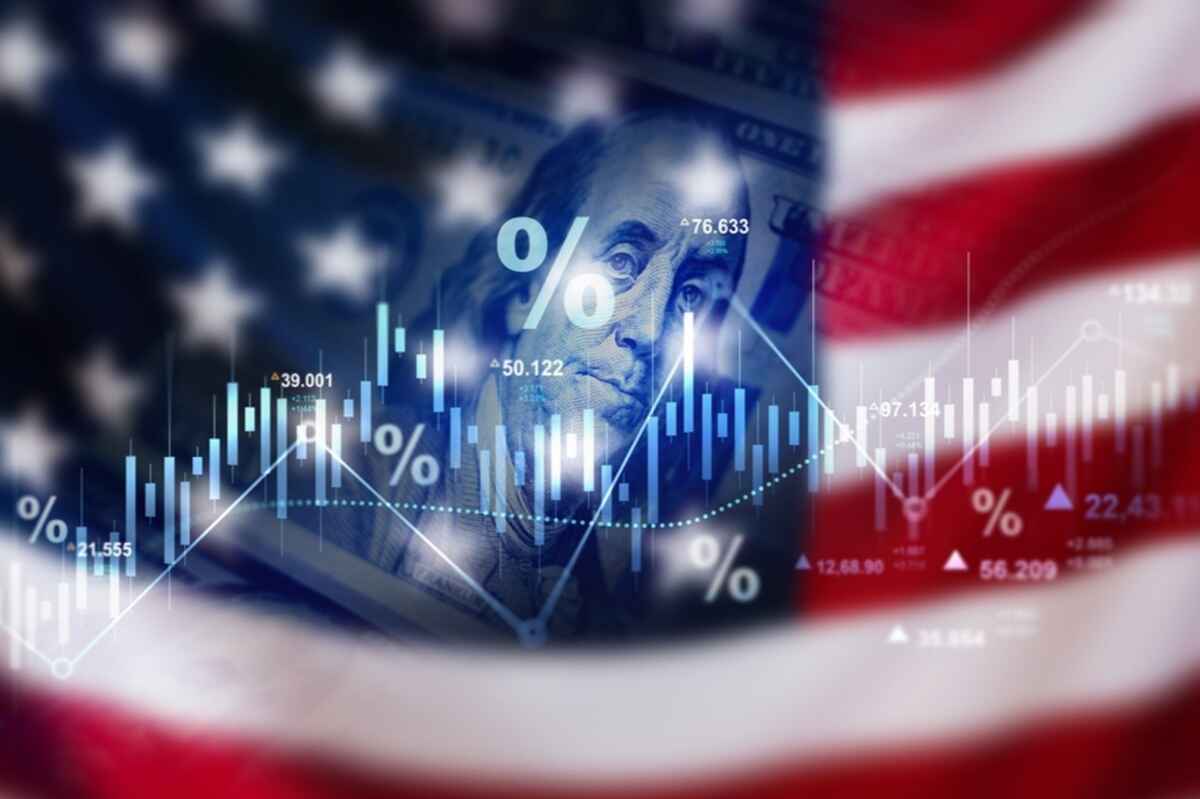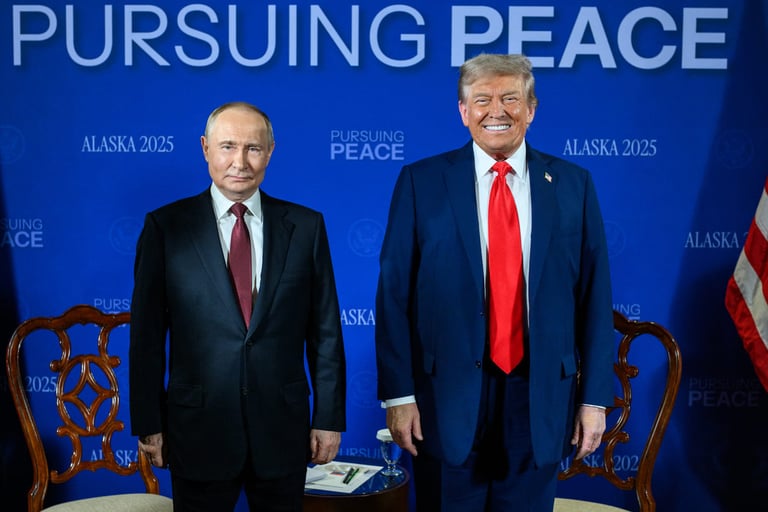The Director-General of the World Trade Organization (WTO) has indicated that the new tariffs introduced by the U.S., along with those implemented at the beginning of the year, could result in a contraction of approximately 1 percent in global merchandise trade volumes in 2025. “I’m deeply concerned about this decline and the potential for escalation into a tariff war with a cycle of retaliatory measures that lead to further declines in trade,” Ngozi Okonjo-Iweala remarked in a recent statement. She cautioned that these tariffs could lead to significant trade diversion effects.
The WTO oversees 74 percent of global trade, a decrease from around 80 percent at the start of the year due to the recent tariffs, according to the organization. World leaders have expressed concerns regarding the negative economic repercussions of these tariffs. “President Trump‘s announcement of universal tariffs on the whole world, including the EU, is a major blow to the world economy,” stated European Commission President Ursula Von Der Leyen.
Okonjo-Iweala communicated to member states earlier on Thursday in a letter obtained by Reuters that the WTO had received numerous inquiries about the tariffs. “Many of you have been in touch about the U.S. announcement on tariffs, asking for the Secretariat to provide an economic analysis of the impact of these tariffs and any potential reaction on your trade,” Okonjo-Iweala wrote. Observers note that the U.S. determination to intensify tariffs risks marginalizing the Geneva-based WTO and its free-trade mandate.
Announcement of new tariffs
On Wednesday, U.S. President Donald Trump declared a 10 percent baseline tax on imports from all countries, along with increased tariff rates on several other nations that maintain trade surpluses with the United States. Trump’s extensive tariffs will take effect on April 5, while his reciprocal tariffs will apply to new imports of foreign-made goods starting April 9.
Read more: Trump announces 10 percent global tariff, higher rate for trade-surplus nations
Economic implications of tariffs
“It’s our declaration of independence,” Trump proclaimed at an event held at the White House. Trump emphasized that the tariffs would compel other countries to lower their own rates on U.S. goods and services, fostering a more balanced economic environment for U.S. exports and providing a strong motivation for companies to manufacture products like cars within the U.S. to avoid incurring the tax. Canada and Mexico, the two largest trading partners of the U.S., are already subjected to 25 percent tariffs on many goods and will not face any additional levies from Wednesday’s announcement.
Overview of Trump’s tariffs
Trump’s new “Liberation Day” tariffs include various countries with differing rates. China faces a 34 percent tariff, while it charges the U.S. a 67 percent tariff. The European Union has a 20 percent tariff, with the U.S. paying a 39 percent tariff in return. Vietnam is subject to a 46 percent tariff, with the U.S. facing a 90 percent tariff from Vietnam. Taiwan’s tariff is set at 32 percent, while it charges the U.S. 64 percent. Japan imposes a 24 percent tariff, charging the U.S. 46 percent, and India has a 26 percent tariff with the U.S. paying 52 percent. South Korea’s tariff is 25 percent, while it charges the U.S. 50 percent.
Thailand imposes a 36 percent tariff, with the U.S. facing a 72 percent tariff. Switzerland has a 31 percent tariff, charging the U.S. 61 percent, while Indonesia’s rate is 32 percent with a 64 percent charge to the U.S. Malaysia’s tariff is 24 percent, and it charges the U.S. 47 percent. Cambodia has a 49 percent tariff, with the U.S. facing a 97 percent charge. The United Kingdom has a 10 percent tariff, reciprocating with a 10 percent charge to the U.S. South Africa imposes a 30 percent tariff, charging the U.S. 60 percent.
Additional tariff details
Brazil’s tariff is 10 percent, matching the U.S. charge, while Bangladesh has a 37 percent tariff, with the U.S. paying 74 percent. Singapore charges a 10 percent tariff on the U.S., as does Israel, with a 17 percent tariff from the U.S. The Philippines imposes a 17 percent tariff, charging the U.S. 34 percent. Chile, Australia, and several other countries have a 10 percent tariff, matching the U.S. charge.
Other notable tariffs include Pakistan at 29 percent, Turkey at 10 percent, and Sri Lanka at 44 percent, with varying charges to the U.S. Similarly, nations like Colombia, Peru, and Nicaragua have a 10 percent tariff each, while others like Norway and Jordan impose 15 and 20 percent tariffs, respectively. Many countries, including Egypt, Saudi Arabia, and several others, have consistent 10 percent tariffs.
Overall, the tariffs vary widely, with some countries charging significantly higher rates on the U.S., creating a complex landscape for international trade.








